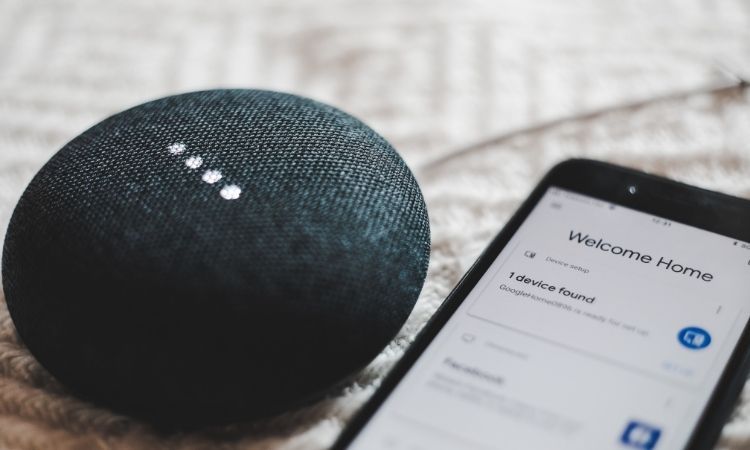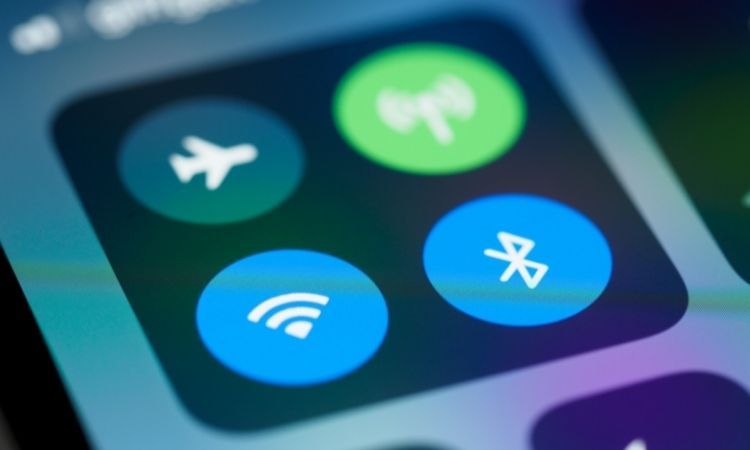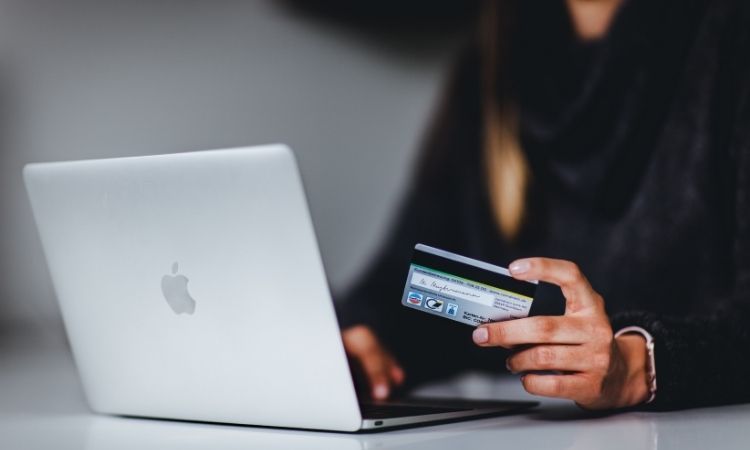Hackers always try to stay at least one step ahead of their victims. That often means using the technology we know and love as a launching pad for wreaking havoc.
Fortunately, you can protect yourself. Below, we'll reveal some eye-opening examples of different hacking types and provide advice to keep you and your family safe.
How Problematic Is Smart Home Technology Hacking?
Many of today’s homes are progressively “smarter,” allowing residents to unlock doors, alter a room’s lighting, adjust the thermostat, and play favorite songs, all with a few taps in a smartphone app. That’s because these houses feature an increasingly vast assortment of connected gadgets.
In 2021, 32 percent of households in the United States had smart speakers—up from 24 percent in 2020. Those gadgets let people check the weather, shop for products, verify the status of a shipment, and even book taxis by using specific voice commands.
People typically appreciate the convenience of smart home technology. For example, someone could tweak settings so that they always arrive home from work to a warm, well-lit house on cold winter evenings. Alternatively, they could make it so a smart lock allows a dog-walker to enter their empty home, but not a delivery driver.
Smart home tech is convenient, but hackers can use it in sinister ways. In 2019, for example, a couple with numerous smart home devices in Wisconsin said an unknown party exploited the technology. The intruder spoke to them through a speaker, made the home’s temperature extremely hot, and played loud music through a connected video system.
How to Stay Safe From Smart Home Hackers
You can do several things to keep yourself safe. First and foremost, ensure that your smart home software and hardware are always updated.
It's also worth thinking about the company you buy your devices from. Not every brand uses the same levels of security; prioritize those that take it the most seriously.
Of course, it's also crucial to take steps once you've bought and updated your smart home tech. Make sure you don't share device details with people not in your household, and the same goes for sharing your Wi-Fi password.
Bluetooth Scanner Hacks
Most people know how important it is to put their laptops in the car trunk or otherwise out of view if they leave them unattended. Unfortunately, keeping the computers hidden is not necessarily a strong enough measure against theft.
Maybe you’ve read a relevant news story or listened to a friend’s experience of walking to a parked car and finding that someone bashed in the windows. However, these so-called smash-and-grab incidents are not always random occurrences.
It’s increasingly common for thieves to capitalize on the built-in Bluetooth technology associated with most laptops and many other devices. They use readily available and easy-to-use Bluetooth scanners that help them find gadgets.
One person who experienced a laptop theft due to a car break-in said she had numerous other valuable things in the car, but the thieves left those items untouched. That made her suspect the criminal had a specific tool to locate nearby electronics.
Many Bluetooth-enabled devices emit signal beacons, even in an idle mode or when a person stores a closed laptop in a bag. If a person has a scanner, they could easily stroll down rows of parked cars, waiting for signs of activity they’ll use to plan which vehicles to hit.
How to Stay Safe From Bluetooth Scanner Hackers
You can keep yourself safe from Bluetooth scanner hacks by keeping your laptop with you when possible. If you need to be away from it, consider storing it somewhere that is difficult for others to reach.
While your laptop is stored away, it's also worth looking at whether you can temporarily disable the Bluetooth signal. If you can, make sure you do this.
Death-Related Hacks
Hackers stop at nothing when orchestrating their attacks. As a case in point, they often use someone’s death as the foundation for their strategy. They could even use content from a no-longer-living person and use it to craft scams that affect people in that individual’s network.
Consider a case where a deceased person used an easy-to-guess social media password and did not take steps to get the account memorialized after their passing. A hacker could use the account for questionable purposes. In one instance, a woman received harassing messages from a dead friend’s social media account. She knew blocking the account would silence the offending party but hesitated since she had no other link to her deceased loved one.
Cybercriminals could also pose as someone no longer alive and target people who didn’t know about the death. Perhaps there are several people in your friend network you don’t keep up with outside of social media and haven’t seen in person for many years. If so, you know how easily it could happen.
Hackers don’t always rely on social media for their death-related hacks, though. For example, many run inheritance scams that try to trick supposed heirs into paying money for taxes or fees and getting millions of dollars transferred to their bank accounts in return. These scams usually come by email and claim the recipient unknowingly had a relative in a far-away country.
How to Stay Safe From Death-Related Hacks
It might feel a little tough to look after yourself when you no longer exist, but you can do several things while you're still alive. First and foremost, give a trusted person access to your account after you die.
If you're looking after someone else's stuff after they've passed away, it's important to remain wary of any "surprise" news about inheritances or heirs. This is especially important if you don't know the person communicating with you.
Credit Card Hacks
Most people have occasionally found unexpected charges on their credit cards. Hacking improvements make it even easier for criminals to plan such attacks.
A recently uncovered flaw with Apple Pay allowed hackers to steal money from a person’s account via their locked iPhone. That’s a dangerous problem, especially with so many more people opting to pay through contactless methods these days.
Criminals also install tiny card skimmers that exploit people paying for gas at the pump, buying things at convenience stores, and performing other everyday transactions. These devices gather and transmit card data, meaning hackers could easily receive the payment details, then try to use them to make large transactions without a card user’s financial institution flagging it.
Credit card hacks occur online, too. More specifically, cybercriminals install malware that can capture people’s keystrokes as they enter payment details. That technique works similarly to a physical skimmer. It’s easier to pull off on poorly maintained websites that feature outdated software or other vulnerabilities.
How to Stay Safe From Credit Card Hacks
Credit card hacks are difficult to address, but you can protect yourself by being proactive. It's important to look for signs that a card reader has been compromised—for example, you should look out for moving parts.
It's also important to look at your bank accounts and check for unexpected activity. If anything looks suspicious, contact your provider as soon as possible.
Keep Yourself Safe From Hacks
You can’t prevent all these hacks, but being careful not to trust people too quickly is an excellent way to stay safe. Keep your private information as well-protected as possible. Don’t immediately believe people, even if they claim to know some of the same individuals you do.
Technology brings extraordinary benefits to society, but it also raises risks. Staying aware of hackers’ tactics is a practical way to steer clear of possible problems.





